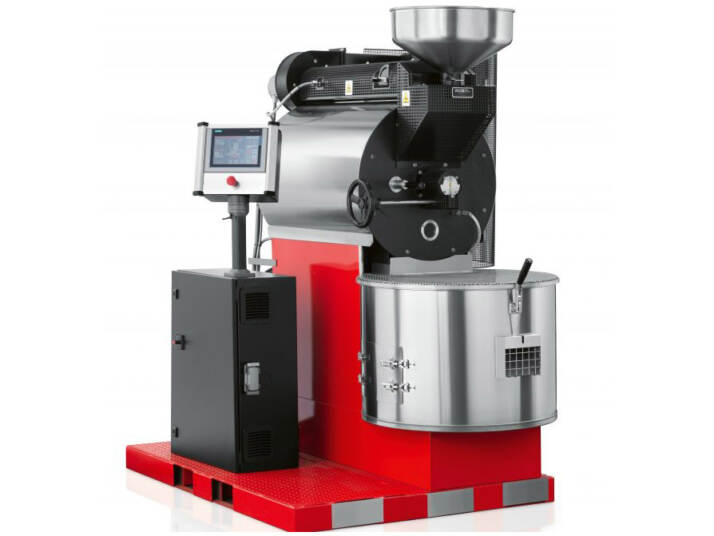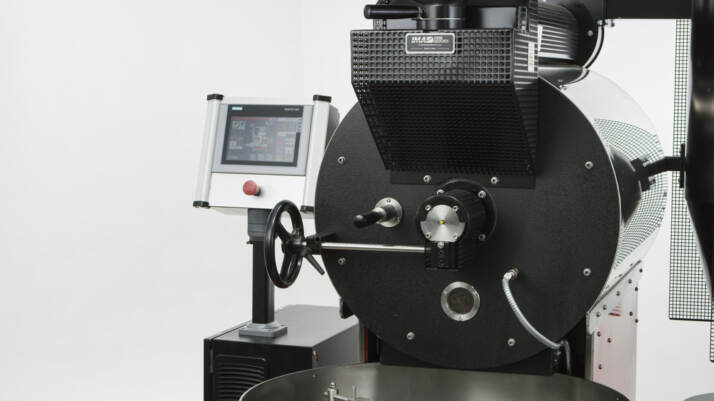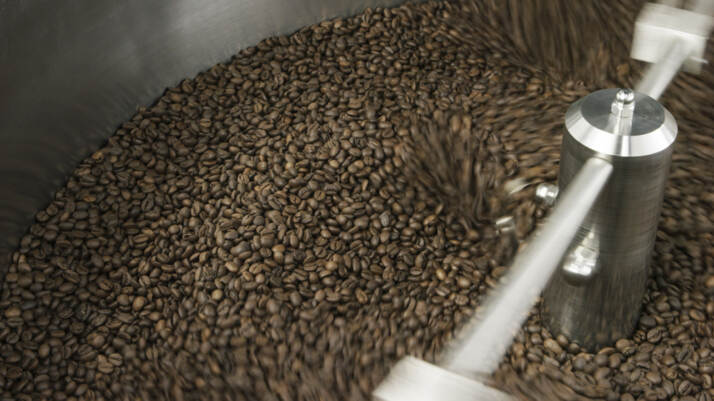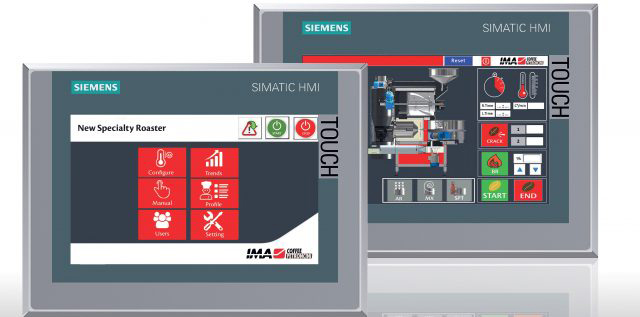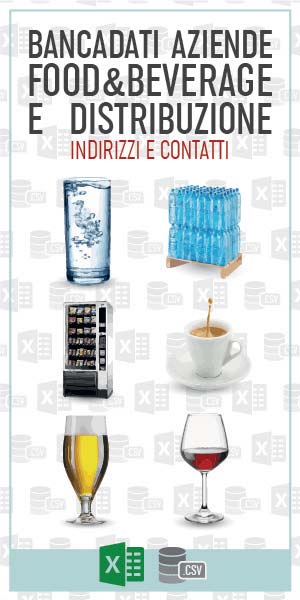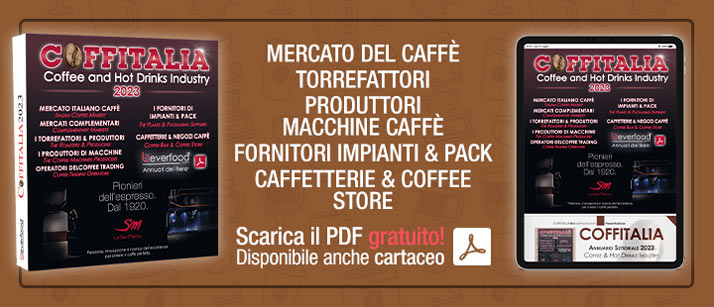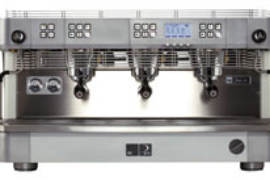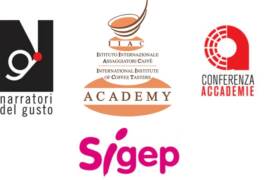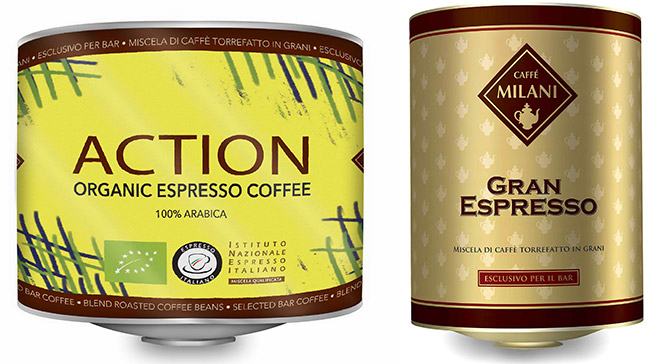Al Sigep sarà in esposizione un nuovo modello di Specialty Roaster TT 5/10, la tostatrice Petroncini che tosta dai 3 ai 10 kg per batch. Compatta e facilmente installabile grazie al sistema di alimentazione monofase, la nuova TT5/10 è studiata per le piccole torrefazioni specialty e per i centri di ricerca e formazione sul caffè.
Roberto Pedini – Sales e Product Manager Petroncini ndr – perché queste macchine sono definite pietre miliari dell’azienda?
“Lavoro nel mondo del caffè da ormai 29 anni e ho visto e toccato con mano l’evoluzione delle macchine tostatrici durante tutti questi anni. Mi riferisco ovviamente ai cambiamenti e migliorie applicati nel tempo alle macchine Petroncini, ma anche a tutte le altre tostatrici disponibili sul mercato negli ultimi anni. La risposta, che potrebbe essere scontata, in realtà non lo è. Già dai primi anni ’30 la consolidata esperienza e la costante ricerca per ottimizzare il processo di torrefazione, erano stati elementi tangibili nell’evoluzione della tostatrice Petroncini da 15 kg, diffusa in tutto il mondo. Le pietre miliari dell’azienda, pur nell’evoluzione tecnologica che ha attraversato un secolo, sono sempre state la cura nella ricerca dei materiali impiegati e la loro miglior industrializzazione: i volani del tamburo sono in ghisa, materiale che non subisce oscillazioni alle alte temperature, la parete è in acciaio ferroso, la vasca di raffreddamento in acciaio inox, perfetto per la lavorazione degli alimenti a basse temperature. L’innovazione che è stata applicata negli anni a queste macchine non ha voluto in alcun modo intaccare la qualità dei materiali e la robustezza della manifattura originaria, ma l’intento è stato quello di porre al centro il maestro tostatore rendendolo sempre più consapevole della tecnologia, dandogli tutti gli strumenti necessari per personalizzare la sua tostatura di qualità nel modo che preferisce. Siamo soliti dire che la creatività nella personalizzazione del prodotto risiede nelle mani nel tostatore, e noi vogliamo dare tutti gli strumenti in grado di convertire la creatività in realtà.”
Quali sono questi strumenti a supporto della creatività del tostatore?
“Grazie alla modulazione del calore, del volume d’aria di tostatura e della velocità di rotazione del tamburo, questa tostatrice consente infatti di variare il metodo di trasferimento calore al chicco trovando un perfetto bilanciamento tra convezione e conduzione, in funzione del prodotto finale desiderato. Riusciamo così a ottenere infiniti profili sensoriali, sviluppando gli aromi più profondi del caffè, dalla tostatura chiara a quella estremamente scura. La TT5/10 è dotata infatti di due sistemi di aspirazione indipendenti, uno per la tostatura ed uno per il raffreddamento, in modo che le due fasi possano essere eseguite contemporaneamente ed in piena efficienza tra un batch e l’altro, senza trascurare la fase di raffreddamento.”
Perché è importante la fase di raffreddamento?
“La fase di raffreddamento è molto importante e parte attiva del processo di tostatura, in quanto vero completamento della tostatura. Troppo spesso questa fase viene superficialmente sottovalutata, ma è fondamentale al fine di preservare la qualità finale del caffè tostato. Un efficiente raffreddamento deve velocemente interrompere l’inerzia termica causata dai gas e dall’autocombustione del chicco. La temperatura deve essere ridotta più velocemente possibile, circa un minuto, al di sotto dei 110-120°C circa, interrompendo così le reazioni interne che altrimenti potrebbero carbonizzare eccessivamente gli zuccheri, conferendo eccessiva amarezza e sentori di bruciato. Ne ho parlato approfonditamente in uno dei recenti video di formazione sul caffè proposti dalla Petroncini per la serie Coffee Maestro’s Stories in onda su IMA Connect.”
Come avviene invece il processo di tostatura in queste piccole macchine?
“Un altro plus di queste piccole ma robuste tostatrici riguarda proprio il cuore della tostatura, ovvero la modalità in cui il calore viene somministrato ai chicchi di caffè. Il ciclo termodinamico adottato dalle tostatrici Specialty consente l’asciugatura e caramellizzazione degli zuccheri del caffè in modo indiretto e gentile, ponendo la fonte di calore non a contatto diretto con la camera di cottura, al fine di poter gestire la quantità di calore erogata al chicco e ridurre il più possibile l’inerzia termica non controllabile. Avere un buon coefficiente di isolamento termico, evitando la dispersione di energia e l’eccessivo surriscaldamento delle superfici esterne, è un valore aggiunto che queste macchine da ormai 100 anni possono vantare. Le Specialty Roasters offrono perciò una tostatura “morbida” che consente una distribuzione uniforme del calore ai chicchi prendendosi cura delle materie prime così da ottenere profili aromatici di alta qualità.”
In merito alla gestione operativa è stato creato MAESTRO.
“Sì, queste macchine oggi sono dotate di componenti tecnologici molto performanti e modulabili, che consentono di avere il pieno controllo del processo di tostatura. MAESTRO è il software di tostatura applicato alle Specialty Roasters, è disponibile sia in versione Classic che Avantgarde. La Classic garantisce la completa libertà nella gestione manuale della temperatura e gli altri parametri, avendo però la possibilità di visualizzare la curva di tostatura e le temperature attuali, controllare il Rate-of-Rise e registrare le temperature di primo e secondo Crack solo con un click. La versione Avantgarde è invece ideale per chi preferisce pre-impostare i diversi profili di cottura desiderati, salvare le ricette, esportare esternamente i dati di tostatura ed organizzarli in seguito nel modo che si desidera. Possiamo dire che la versione Avantgarde è un valido alleato per il raggiungimento di un prodotto qualitativamente costante e replicabile in termini di gusti e aromi, potendo appunto determinare e stabilire a priori le caratteristiche finali del mio prodotto in termini di aspetti gustativi, olfattivi, caratteristiche organolettiche e anche fisiche, intese come apparenza stessa del prodotto. E’ intuibile che, controllando solamente la temperatura di cottura, non avremo la certezza di uno stesso tempo tra i vari cicli di cottura, il quale dipenderà da diverse caratteristiche tra cui quelle del caffe verde da tostare. Avendo quindi una tostatura costante anche nel tempo si avrà la garanzia di un prodotto finale sempre uguale. Non meno importante è come vengono gestite le diverse fasi di tostatura del caffè, modalità che incidono in maniera determinante su gusto e aromi finali. Potremmo trovarci per esempio nella situazione di avere un identico caffè verde, tostato a una stessa temperatura finale di cottura, con il medesimo tempo, ma con caratteristiche in termini di gusto e aromi completamente diverse. Per questo motivo è importante avere il controllo della variabile tempo anche durante lo sviluppo delle diverse fasi di cottura, in modo da pre-impostare nel sistema di controllo uno specifico profilo e poterlo realizzare fedelmente durante l’effettivo processo di tostatura.”
Petroncini sarà al Sigep nel padiglione D1, stand #008, insieme alle altre aziende di IMA Coffee Hub, un vero polo del caffè, unico a livello mondiale, capace di offrire soluzioni tecniche specifiche lungo ogni anello della lavorazione del caffè, dai sistemi di ricezione del caffè verde al confezionamento in sacchetti, monoporzionati e astucci di carta: un unico interlocutore in grado di rispondere alle esigenze dei torrefattori di tutto il mondo.
Petroncini tells Sigep about the new Specialty Roasters
A new model of Specialty Roaster TT 5/10, the Petroncini roasting machine that roasts from 3 to 10kg per batch, is set to go on display at Sigep. Compact and easy to install, thanks to its single-phase power system, the new TT5/10 has been designed for small specialty roasteries and for coffee research and training centres.
Roberto Pedini – Petroncini Sales and Product Manager –Ed.- why are these machines defined as milestones for the company?
“I’ve been working in the world of coffee for 29 years now and I have seen firsthand how roasting machines have evolved over the years. Naturally, I’m mainly talking about the changes and improvements applied to Petroncini machines, but also about all of the other roasters available on the market in recent years. The answer, which may seem obvious, in reality isn’t. Since the early 1930s, sound experience and ongoing research into optimising the roasting process were tangible elements in the evolution of the Petroncini 15kg roaster, sold all over the world. The company’s milestones, even in this past century’s highly technological evolution, have always paid attention to the choice of materials used and their improved product engineering. The drum fly wheels are in cast iron, a material that is not subject to instability at high temperatures; the walls are in ferritic steel; the cooling chamber in stainless steel, perfect for processing food at low temperatures. The innovation applied to these machines over the years has in no way affected the quality of the materials and the robustness of the original product, but instead has set out to put the master roaster at the centre of the process, making him increasingly aware of the technology and giving him all the tools necessary to personalise his quality roasting profile in the way he prefers. We are always saying that creativity in personalising the product is in the hands of the roaster, and we want to provide all the tools capable of turning that creativity into reality.”
What are these tools that can help the roaster’s creativity?
“Thanks to heat control, roasting air volume and the drum rotation speed, this roasting machine can in fact let you vary the method of transferring heat to the bean, achieving a perfect balance between convection and conduction, according to the desired end product. We can thus succeed in achieving countless sensory profiles, developing the coffee’s deepest aromas, from light roasting to the very darkest. The TT5/10 is actually equipped with two independent suction systems, one for roasting and one for cooling, so that the two phases can be carried out simultaneously and in full capacity between one batch and another, without neglecting the cooling phase.”
Why is the cooling phase important?
“The cooling phase is very important and an active part of the roasting process, as it is the true completion of the roasting. Too often this phase is underestimated, yet it is fundamental to preserve the final quality of the roasted coffee. Effective cooling must quickly stop the thermal inertia caused by gases and by self-burning inside the beans. The temperature must be reduced as quickly as possible, in about one minute, to below 110-120°C, thus stopping the internal reactions that might otherwise over-carbonise the sugars, resulting in too much bitterness and hints of burned taste. I spoke about it in-depth in one of the recent Petroncini coffee webinars for the Coffee Maestro’s Stories series aired on IMA Connect.”
How does the roasting process occur in these small machines?
“Another plus of these small but strong roasters is the very heart of roasting, namely the way in which the heat is transferred to the coffee beans. The thermal energy cycle adopted by the Specialty Roasters allows for the direct and gentle drying and caramelisation of the coffee sugars, putting the source of heat not in direct contact with the roasting chamber, in order to be able to control the amount of heat transferred to the bean and reduce uncontrollable thermal inertia as much as possible. Having good thermal insulation of the external surfaces is an added value which these machines have been able to boast for almost 100 years now. The Specialty Roasters thus offer a “soft” roasting profile which allows for even heat distribution to the beans, taking care of the raw materials so as to achieve high quality aromatic profiles.”
MAESTRO has been created for operations.
“Yes, today, these machines are equipped with high-performance and adjustable technological components, which allow for full control of the roasting process. MAESTRO is the roasting software applied to the Specialty Roasters, available in the Classic as well as Avantgarde version. The Classic guarantees complete freedom of manual temperature control and other parameters, having however the option of viewing the roasting curve and current temperatures, controlling the Rate-of-Rise and recording the first and second Crack temperatures in just one click. The Avantgarde version instead is ideal for those who prefer to re-set the different desired roasting profiles, save the recipes, export the roasting data and organise them later as preferred. We can say that the Avantgarde version is a valid partner for achieving a product that is constant from a quality viewpoint and repeatable in terms of taste and aromas, being able to determine and establish right from the beginning what the final characteristics of my end product will be, in terms of taste, olfactory, organoleptic and even physical characteristics, that is, the actual appearance of the product. It is obvious that by controlling just the roasting temperature, we cannot be sure we will have the same time in the various roasting cycles, which depends on different characteristics, including those of green coffee. Constantly controlling the roasting time means the final product is always the same. No less important is how the different phases of coffee roasting are managed, which has a decisive effect on the final taste and aromas. We could have an identical green coffee, roasted at the same final cooking temperature, for the same amount of time, but with completely different tastes and aromas. That’s why it is important to have time control as an independent parameter even during the development of the different roasting phases, so as to set a specific profile and be able to achieve it faithfully during the actual roasting process.
Petroncini will be there at Sigep in hall D1, stand #008, together with three other IMA coffee Hub companies, making for a real coffee centre, unique worldwide and able to offer specific technical solutions for the whole coffee processing cycle, from green coffee reception systems to packaging in bags, capsules and paper pods: one single partner capable of meeting the needs of coffee roasters all over the world.




